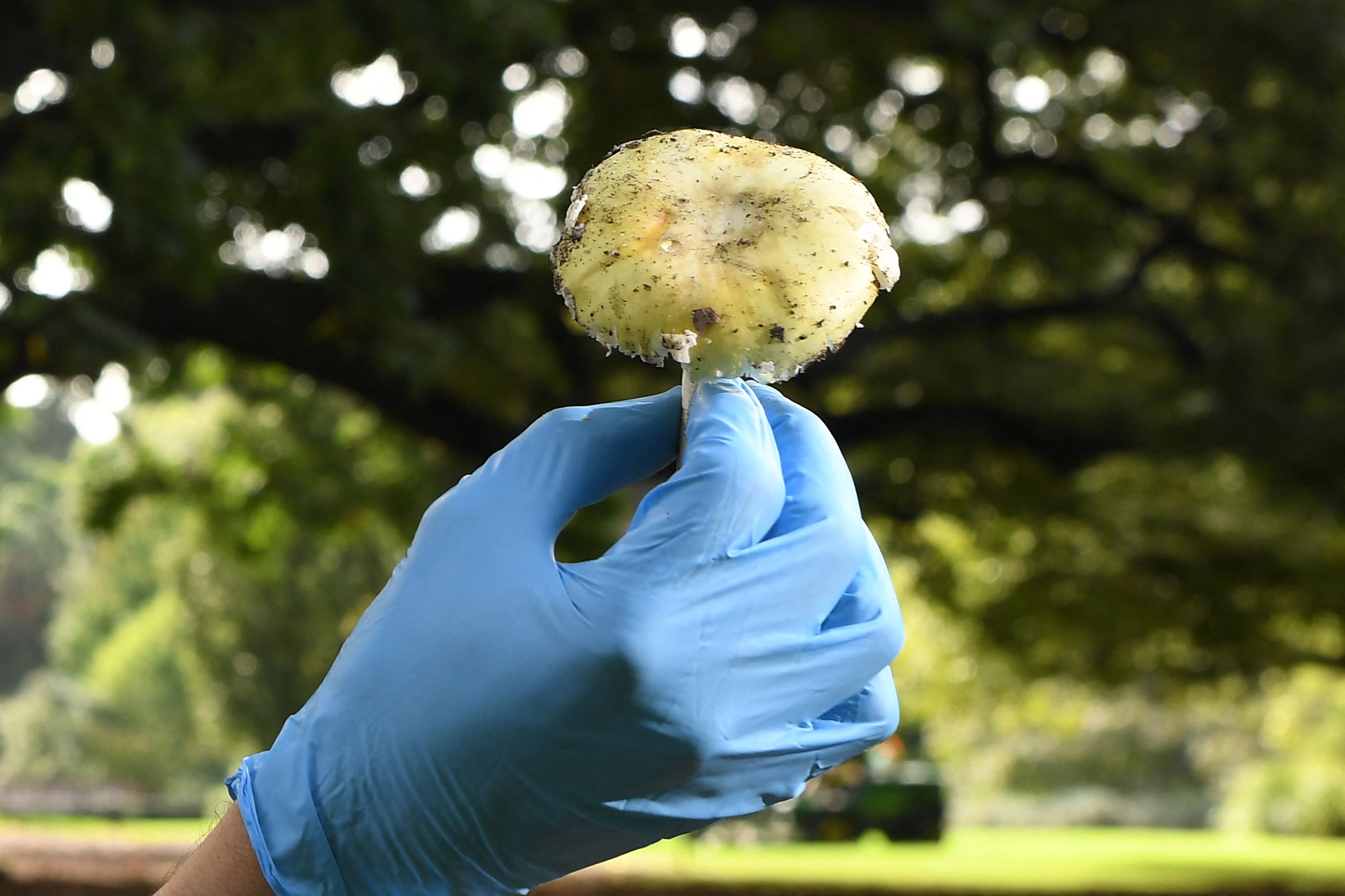ARTICLE AD BOX
The world has been gripped by the case of Australian woman Erin Patterson, who was charged with the murder of three people after allegedly serving them a lunch of beef wellington containing poisonous death cap mushrooms (Amanita phalloides).
A new element of the sensational story emerged in court this week, when prosecutors reportedly alleged Patterson used iNaturalist to locate and visit places where death cap mushrooms were known to grow.

So what exactly is iNaturalist? And how is this 17-year-old citizen science project being used to better understand our world?
More than 240 million observations worldwide
iNaturalist is an app that allows users to take photos of plants, fungi, animals and any piece of nature. The photos are uploaded and identified using a combination of crowd-sourcing and artificial intelligence.
When a user uploads an image, they can also choose to make the location public, so others can see where it was found. iNaturalist’s database holds more than 240 million observations worldwide. More than 10.6 million of these are in Australia.

All of this data is extremely important for scientists to understand the ecology of different species. iNaturalist has played a key role in the discovery of new species as well as sightings of species that have previously not been seen for decades.
iNaturalist might turn out to be an important part of Patterson’s trial, but how else can our observations be used?
Finding the unusual
Real people usually collect images for iNaturalist as part of their everyday life, rather than systematically as part of their job. That means there are patterns to the data that is collected.
Observations tend to be recorded on weekends and in good weather, and to involve life forms people find strange, unusual or interesting.
For example, at the time of writing, iNaturalist had recorded 1,382 sightings of domestic cats in Australia, compared with 29,660 koalas. But cataloguing the rare and wonderful can be useful.
iNaturalist can be used to track invasive species
One key use of iNaturalist is understanding the native range of plants and animals.
Australia invests a lot of resources in preventing species from entering the country. But we still see incursions frequently. Observant citizen scientists can be really important for finding species outside their native range. In Australia, if observations of biosecurity threats are made, alerts are automatically sent to biosecurity teams for further investigations.
In the same vein, species commonly found in the pet trade can be quickly observed and captured to prevent the spread of invasive species.
But how safe are the observations?
In 2011, iNaturalist added more features to protect geoprivacy, which allows locations of observations to be obscured. Rare and exciting pets, and collectable insects could be found by looking at location data on iNaturalist.
There is previous evidence that this has occurred. Nowadays, species of concern for poaching automatically have their locations obscured, preventing them from being illegally poached or collected. This can also be helpful to prevent people from crowding popular endangered animals when they have been sighted.
Typically, anything listed as endangered will automatically have an obscured location on iNaturalist.
Observations on iNaturalist can be helpful for forensics
Observing nature, and taking photos of plants and animals in their native environment, can give us a much better understanding of where they naturally live and grow.
Aside from being fantastic for conservation reasons, this has potential use for forensic investigation of crimes. The use of insects, animals and plants in forensic cases is well established. For example, the Sarcosaprophagous Beetle is used in Australia to help understand the time since death when bodies are found.
This sort of science is underpinned by an understanding of where insects naturally live, their lifespans and the sort of environments they thrive in, which are all features iNaturalist can help with.
Should I worry about my location data on iNaturalist?
Observing nature has huge benefits to understanding our natural world. But these observations do collect a lot of personal data in terms of where and when the observation occurred.
Although iNaturalist doesn’t sell users’ information, and users can obscure their precise location, the pictures a person shares can still contain enough information to figure out where they are.
This could be used for forensic intelligence to locate plants and animals of interest, and to place people with them at the time the photo was taken.
If you’re lucky enough to see a rare or threatened species, consider taking a photo that has little background information that can give away the precise details of the locations, particularly when observing immobile organisms like such as plants and fungi.
iNaturalist is a fantastic resource for observing nature. More data points to understand where plants, animals, and mushrooms can be found is vital for understanding their ecology, and potentially conserving species.
It also has huge ramifications for biosecurity, forensics, and even understanding movements that may have occurred during an alleged crime. So it’s really worth getting out in nature and taking photos of interesting things you see!
Caitlyn Forster is an Associate Lecturer in the School of Life and Environmental Sciences at the University of Sydney. Melissa Humphries is a Senior Lecturer in the School of Computer and Mathematical Sciences at the University of Adelaide.
This article is republished from The Conversation under a Creative Commons license. Read the original article.









 English (US) ·
English (US) ·